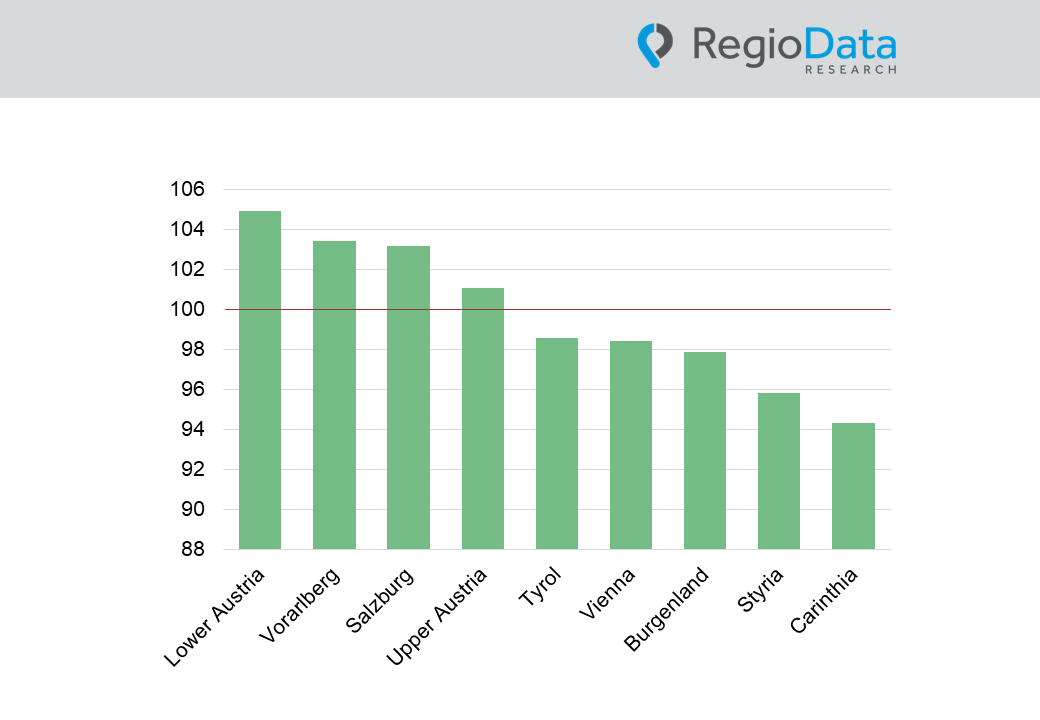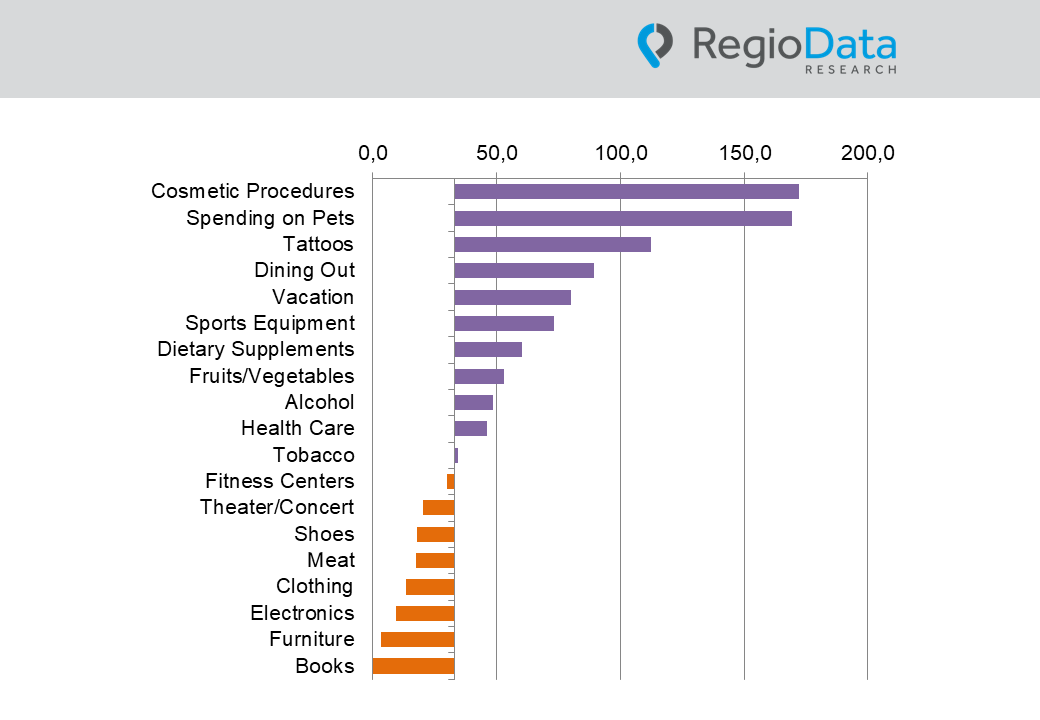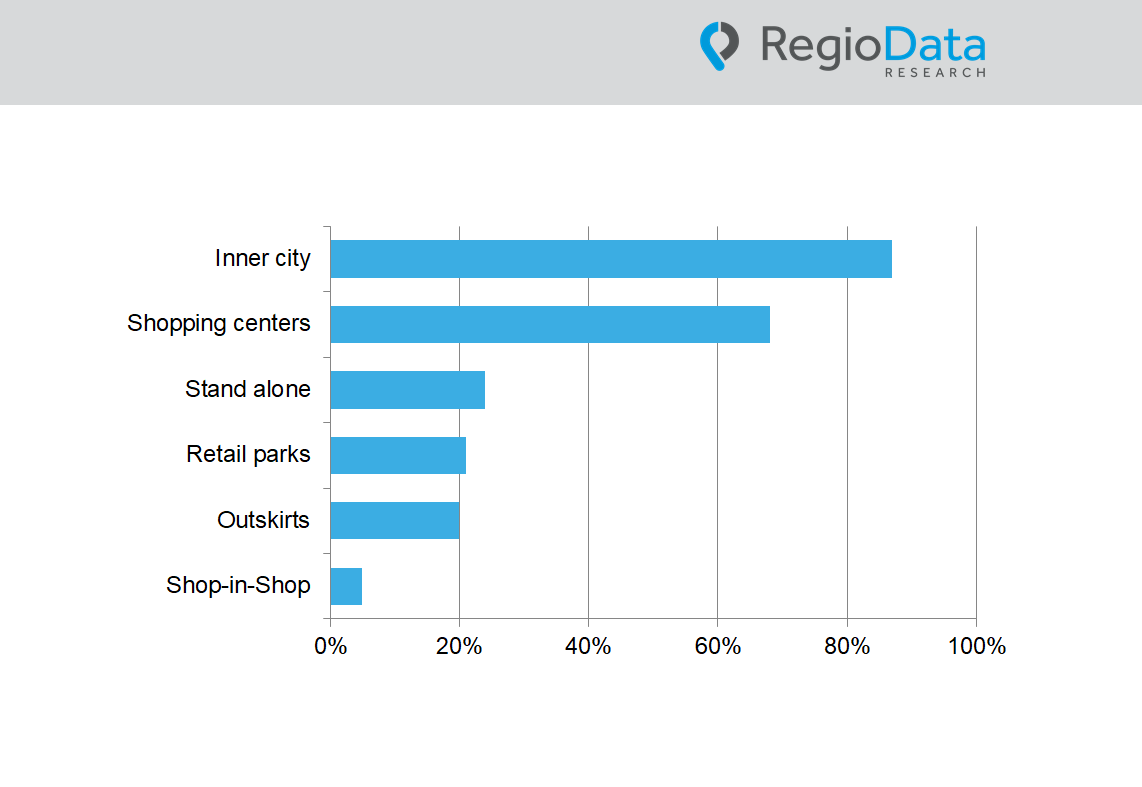austria
Purchasing Power 2025: Real Incomes Rise, Rural Regions Catching Up Significantly
After years of inflationary pressure, there is renewed reason for optimism in 2025: The latest RegioData analysis shows a strong increase in purchasing power – on average (nominally) almost 5% more than the previous year! This marks the end of the downward trend. Particularly noteworthy is the structural shift in the regional distribution of wealth: While cities are seeing only moderate gains, many rural districts are catching up and, in some cases, showing spectacular growth rates.
Purchasing power recovers: 2024 and 2025 bring real gains
Average purchasing power in Austria has developed positively over the past ten years overall: While in 2014 each resident had just under €20,400 available on average, this figure has risen to around €28,000 in 2024 – an increase of approximately 40%. Despite crises such as the pandemic, disposable income has remained stable in the long term.
Even when adjusted for inflation – i.e. in real terms – purchasing power consistently grew by up to 4% per year from 2016 onwards, until it declined for the first time in 2020 due to the pandemic (–2% compared to the previous year). In the high-inflation years of 2022 and 2023, nominal income gains were unable to fully offset rising prices – resulting in real income losses.
2024 marks a turning point: For the first time, the increase in purchasing power – nearly 7% – clearly outpaced the inflation rate. The forecast for 2025 remains positive: inflation is expected to fall below 3%, while real purchasing power continues to rise.
(“Purchasing power” is defined as the sum of all income types – including employee and self-employed income, capital gains, rental income, agricultural income, pensions, transfer payments, subsidies, etc. Compulsory deductions such as taxes and social security contributions are subtracted from this total. Purchasing power therefore refers to disposable income.)
Regional differences: Salzburg at the top, Vienna falls behind
While Austrians’ average purchasing power continues its impressive rise, there are clear regional disparities. Salzburg now leads the federal state ranking for per capita purchasing power, surpassing former frontrunner Lower Austria for the first time. With €29,814 per person, Salzburg is just ahead of Lower Austria (€29,587) and Upper Austria (€29,035).
Vienna, on the other hand, shows comparatively weak development: While the capital was slightly above the national average in 2014, it falls to €27,326 in 2024 – around €1,000 below the Austrian average of approximately €28,400.
All federal states have significantly increased their purchasing power over the past decade. The average growth is around 40%, with Carinthia (+€8,122), Styria (+€8,213), and Burgenland (+€8,410) showing particularly strong gains.
Nonetheless, regional differences persist: Western states like Vorarlberg and Tyrol remain just below the top group in terms of per capita purchasing power, while several eastern Austrian regions still lag behind despite improvements.
“Top and Flop Five” 2025: Purchasing Power gap within Vienna larger than ever
As expected, Vienna’s city center (1st district) holds the top spot in the current purchasing power ranking, with a per capita figure of €44,686. It is followed by Vienna-Hietzing (13th district) with €35,584, and the Lower Austrian district of Mödling (€35,342). Vienna-Döbling (19th district) and Korneuburg also rank among the wealthiest regions in Austria.
At the opposite end of the spectrum is a stark wealth gap: The five lowest-income districts in Austria are all located in Vienna. Rudolfsheim-Fünfhaus (15th district) comes in last, with only €22,600 per capita purchasing power – more than €20,000 less than in the Inner City. Other low-ranking districts include Brigittenau, Ottakring, Simmering, and Favoriten, all significantly below the national average.
Strong momentum beyond urban centers: Rural districts catching up
What stands out most is the long-term trend: While absolute purchasing power levels remain heavily dominated by urban centers, many rural districts have recorded the highest growth rates. Leading the way are Lienz (+54%), Murau (+53%), and Tamsweg (+51%). In total, more than 30 districts have nearly doubled their purchasing power over the past ten years (Austrian average: +40%).
This upswing is driven by several factors: in-migration, rising employment opportunities, and regional investments are making many rural areas increasingly attractive—both economically and as places to live. Even structurally weaker districts like Güssing (+48%), Oberwart (+47%), and Voitsberg (+48%) have made significant gains and are catching up at an above-average pace.
Stagnation in the cities, steady growth in the suburbs
In contrast to the dynamic development of many rural regions, Austria’s major cities are experiencing noticeably weaker growth. In numerous Vienna districts, purchasing power has increased by less than 30% over the past ten years. Most striking is the 1st district (Inner City): despite having the highest income level, it recorded only +14% growth—by far the lowest of all districts. Other cities like Linz, Graz, and Klagenfurt also remain well below the national average.
The suburban commuter belts – such as Mödling (+35%), Korneuburg (+37%), or Salzburg-Umgebung (+42%) – show solid mid-range growth. These regions benefit from their proximity to urban centers but cannot match the pace of many rural districts.
Conclusion
The developments of the past decade make one thing clear: Austria has become wealthier overall – but not evenly. Wealth is being redistributed: many rural districts are catching up, while urban centers stagnate or decline in relative importance. At the same time, income disparities within cities are widening, with affluent and disadvantaged districts drifting further apart.
Share post




